Introduction
In today's competitive e-commerce landscape, optimizing the search functionality on your website is crucial for attracting and retaining customers. A well-designed search experience can significantly enhance user engagement and conversion rates. But how exactly can you achieve this?
In this article, we will explore eight effective strategies to improve your e-commerce search functionality. From making site search highly visible to incorporating filtering and sorting options, leveraging search analytics, and optimizing for natural language and visual search, we will provide expert advice on how to create a search experience that aligns with user expectations and drives sales. By implementing these strategies, you can elevate your e-commerce platform and meet the evolving needs of your customers.
So let's dive in and discover how to optimize your search functionality for success.
Make Site Search Highly Visible
A visible function to find information is not just a convenience but a crucial aspect of user engagement and conversion. It's crucial to have the inquiry bar in a noticeable position, like the header or above the fold, to guarantee it's instantly accessible. This ease of discovery encourages usage and can significantly enhance the shopping experience. Actually, the transparency and usability of your inquiry box can be a determining factor in whether a visitor remains on your site or shifts to a rival. Remember, a user-friendly mobile site is not just a preference; it’s a necessity. With over half of web traffic coming from mobile devices, and individuals clearly preferring sites that are easy to navigate, a well-optimized mobile UX can lead to a 15% higher conversion rate. Furthermore, including customer feedback and content created by customers on product pages not only establishes credibility but also acts as a valuable resource of knowledge, contributing to a better-informed and efficient exploration procedure. Sustaining a tidy, extensive, and conveniently reachable box for exploration throughout all pages, and guaranteeing the placeholder text disappears upon interaction, are recommended methods that correspond with client anticipations and add to an exceptional online shopping atmosphere.
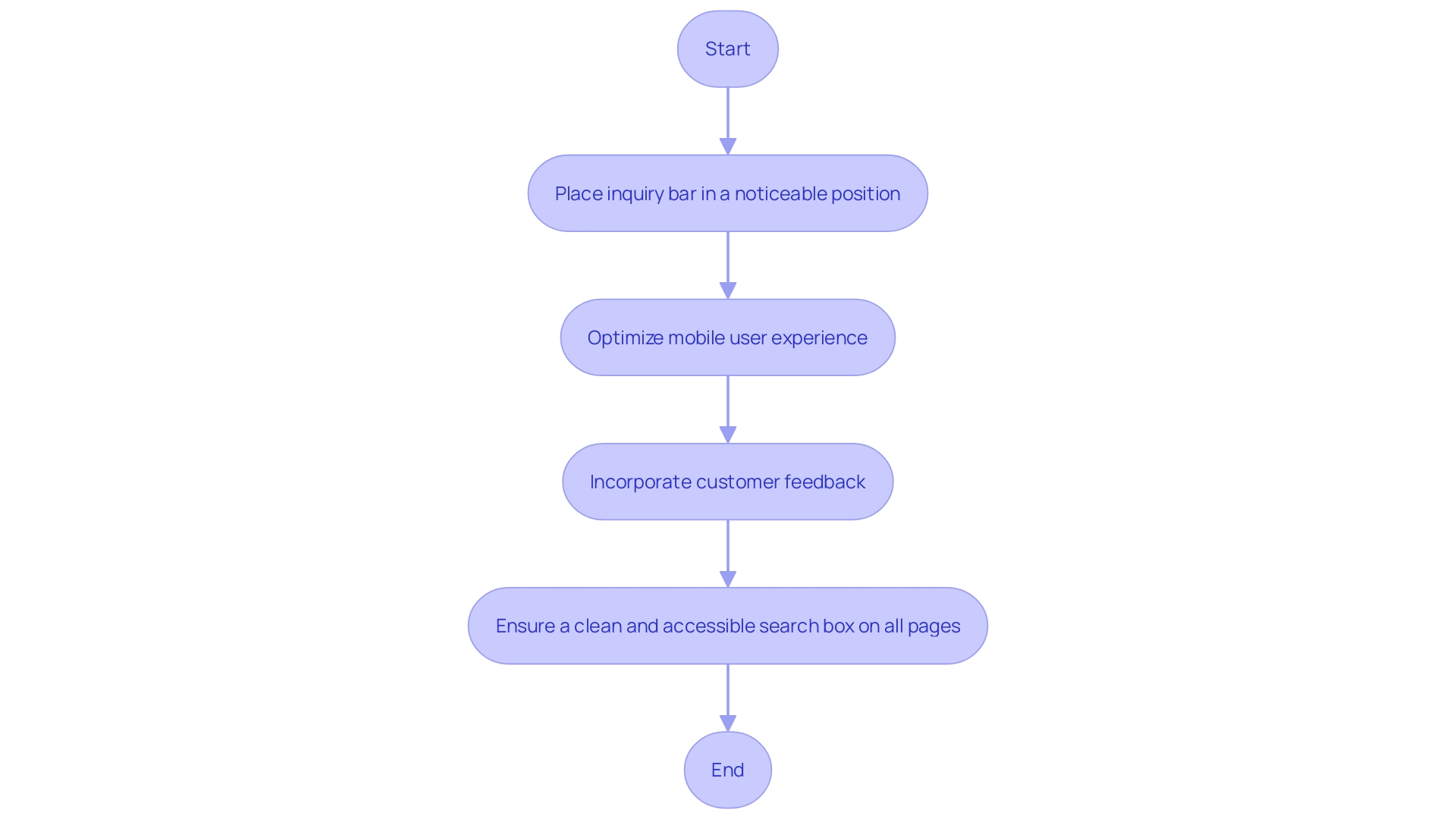
Implement Autocomplete and Autosuggestions
Improving the e-commerce functionality with autocomplete and autosuggestion features is a game-changer for customer experience. As individuals start entering text in the input field, the auto-suggest feature activates to offer instant recommendations of items in line with the entered information. This not only accelerates the exploration procedure but also aids in directing consumers towards the items they crave, even if they're uncertain of the precise designation or design. Autosuggestions take it a step further by offering popular and frequently searched items, nudging individuals towards trending products and potentially increasing sales. Such advanced capabilities in information retrieval demonstrate an understanding of user intention and the subtleties of human language, similar to the progress observed with AI-powered search engines. As an example, substantial language models like ChatGPT have changed the emphasis from simple keyword matching to a more profound understanding of queries, providing a more customized and effective exploration encounter. This change is not only improving the intelligence of functionality but also aligning with the evolving expectations of users.
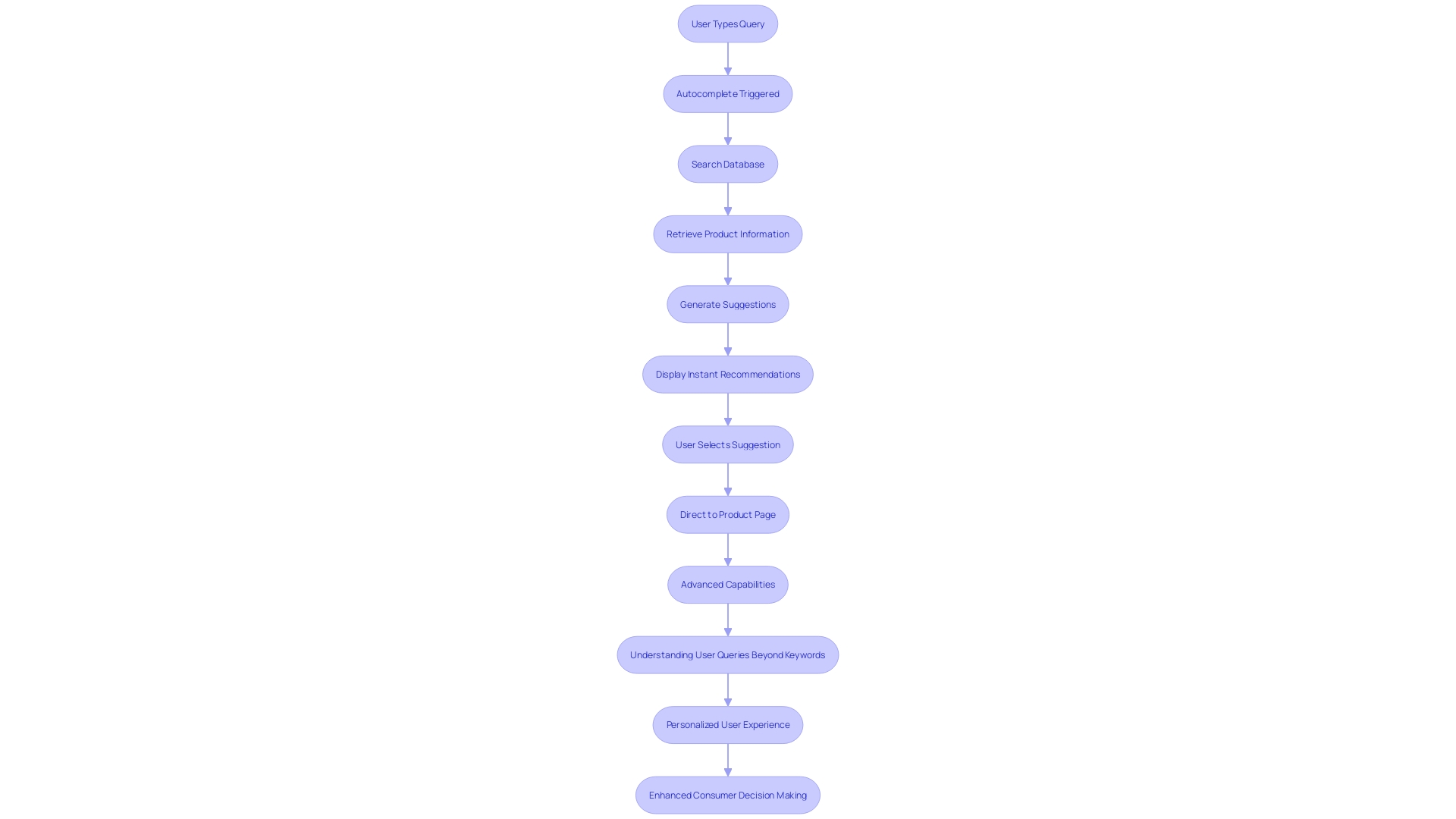
Use Relevant and High-Quality Search Results
To guarantee customer contentment and enhance conversion rates, platforms dedicated to online business need to strategically display the outcomes of user queries. By making use of sophisticated algorithms that take into account the availability of items, thorough explanations, and informative feedback from customers, it is possible to greatly enhance the significance of the outcomes retrieved through the process of searching. A prominent European online shopping platform in fashion and lifestyle demonstrated this by automating the creation of informative item labels, which resulted in an enhanced customer experience and improved quality of search outcomes. Moreover, consistent incorporation of user-generated content and reviews into product pages has solidified user trust. This approach, underscored by static questions and quantitative analysis, has shown to be particularly effective in diverse markets, from fashion to camping equipment. Given that the majority of customers initiate their online experiences using search engines, it is paramount to tailor the content of online commerce to align with highly searched terms, keywords with low ranking difficulty, and strong purchase intent. As the online retail industry expands, with more than 30% of the worldwide population participating in internet-based shopping, the significance of effective optimization for finding and discovering products cannot be emphasized enough. This trend is set to continue, with the online shopping industry's value estimated at over $5.7 trillion globally.
Incorporate Filtering and Sorting Options
Improving the functionality of browsing on an e-commerce platform is not just a convenience but a necessity for guiding users to their desired products with ease. The secret is to create an experience that mirrors the finesse of browsing a well-organized physical store. Initiating the exploration within relevant categories can significantly narrow down the results, making them more relevant to the shopper’s intent. For instance, initiating a hunt within a particular category as opposed to the entire website, much akin to the method on Amazon, produces more focused results.
Additionally, e-commerce platforms would gain advantages by implementing a strong collection of filters, similar to those employed by savvy Amazon shoppers who initially make use of filters before delving into the results. These filters include options like customer ratings, price brackets, and newly arrived items, and they can be particularly granular, allowing users to find items that match exact specifications such as smartphone battery capacity or camera resolution.
To enhance filtering, sorting options play a crucial role in customizing the exploration process. Customers appreciate the ability to organize their results by relevance, price, or customer ratings, thus gaining control over how they view the products. The importance of data feeds cannot be overstated in this process. An accurate and frequently updated data feed, preferably updated in real time through a system API, ensures that the results are current and precise.
The box itself should be designed for visibility and ease of use, with placeholder text that clears upon interaction, as recommended by best practices in the industry. These improvements to exploration and arranging capabilities are not only aimed at enhancing the overall experience; they also directly affect sales. Considering the significance of deals and price transparency, as emphasized by a Google/Ipsos survey, providing individuals with the capability to sort by price and observe price comparisons can greatly impact their buying choices.
In summary, e-commerce exploration should be intuitive, rich in features, and deeply customizable, allowing users to find products that align with their specific needs swiftly and effectively.
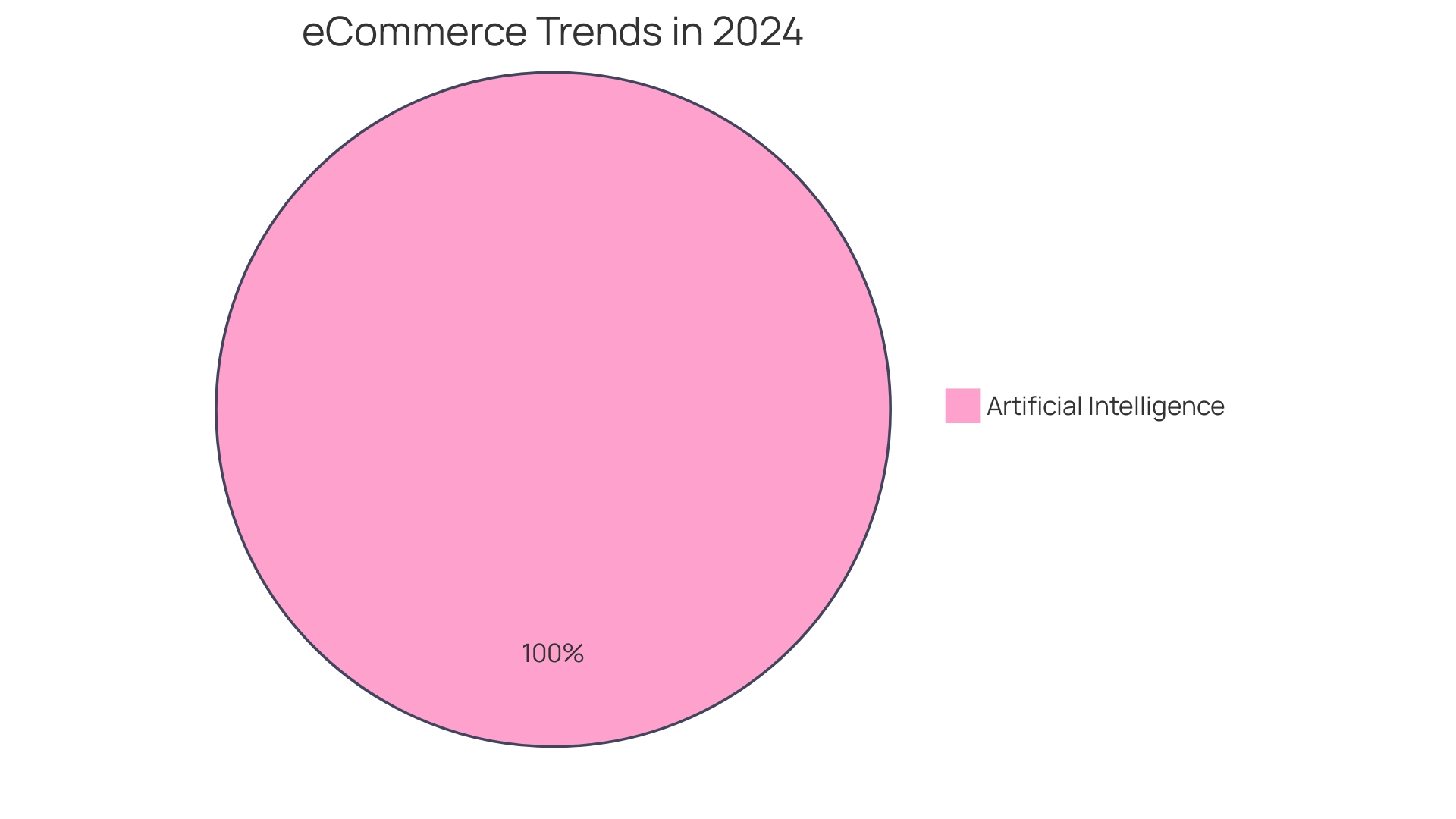
Ensure Mobile-Friendly Search Experience
To effectively cater to the rapidly growing number of mobile shoppers, an optimized mobile-friendly exploration experience is paramount. A responsive design that adjusts to different screen sizes and mobile-specific features like voice recognition and gesture-based navigation can greatly improve usability. For example, ensuring that your search box is prominent, wide, and accessible from every page can streamline the search process. Furthermore, implementing an auto-complete function with visual results can elevate the customer experience. As smartphone ownership surges, with an estimated 6.9 billion users by 2024, failing to adopt a robust mobile commerce strategy could result in lost revenue to competitors. It's clear from studies that consumers blend online and offline shopping, with 72% of fashion and sportswear shoppers preferring both channels and 69% finding inspiration in-store. Therefore, unifying the shopping experience across all channels is essential for customer satisfaction and retention. Furthermore, in a time of 'Compressed Commerce,' where 31% of global consumers anticipate delivery in less than two hours, optimizing the journey from item exploration to purchase becomes crucial to fulfill consumer expectations for efficiency and speed.
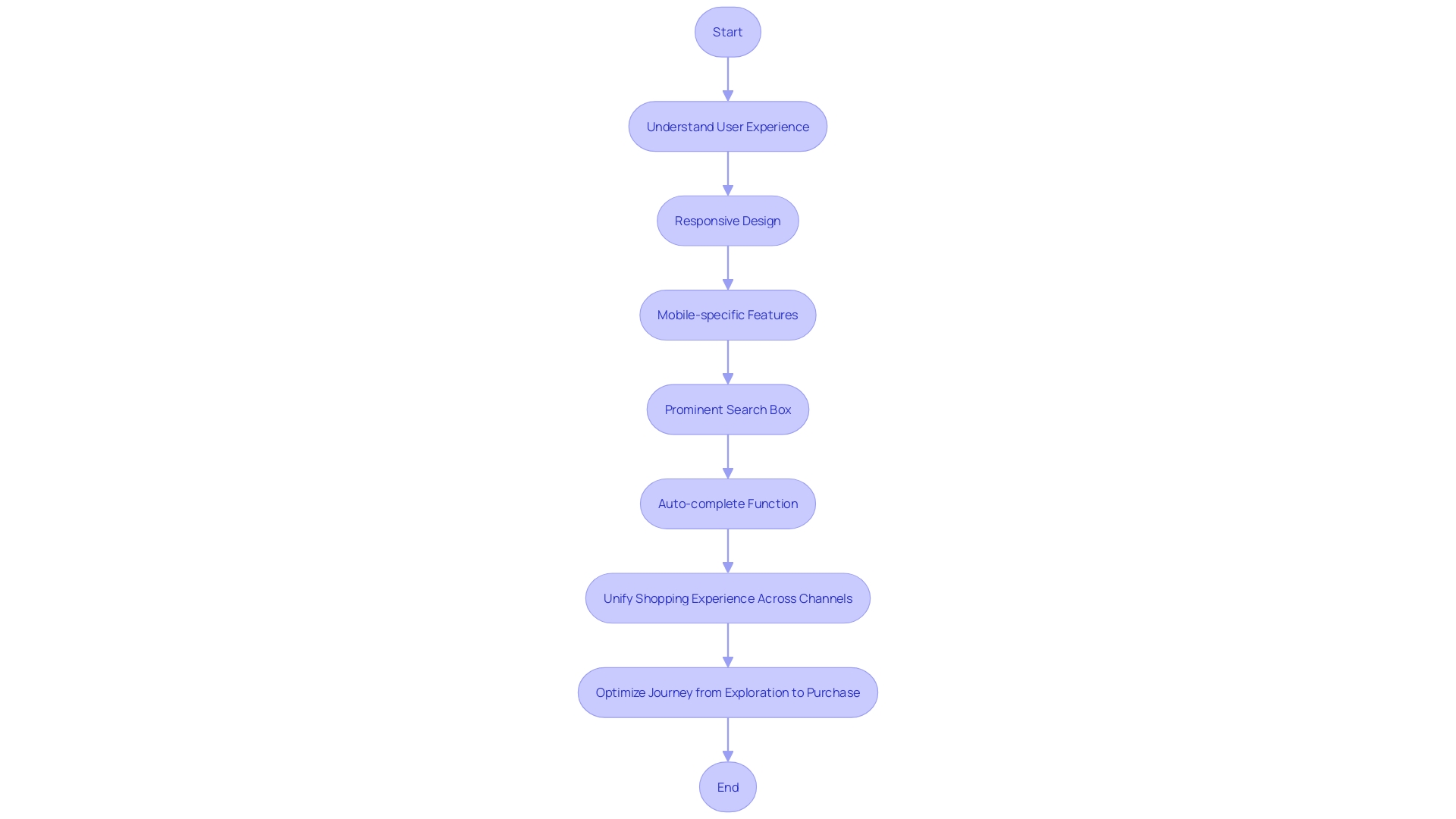
Optimize for Natural Language and Long-Tail Queries
The rise of conversational assistants, such as the one developed for Adevinta's marketplace, shows the increasing importance of optimizing online shopping functionality to understand natural language and long-tail queries. By incorporating techniques like natural language processing and enhancing the databases of items with long-tail keywords, e-commerce platforms can greatly enhance the accuracy of searching. For instance, the platform of Talent.com, which consolidates job listings from different sources, highlights the importance of the accuracy of results, demonstrating the crucial significance of precise matching in extensive databases. The method of converting structured data into textual data for training language models, as proposed in recent research, suggests a change in information retrieval technology that can be employed for product queries. The combination of formulas like BM25 and TF-IDF, in addition to machine learning for retrieval and ranking, can result in more refined and user-intent-focused outcomes. This is underscored by the fact that only 8.71% of queries lead to AI Overviews, highlighting the potential for enhanced exploration experiences through improved AI-driven search functionalities.
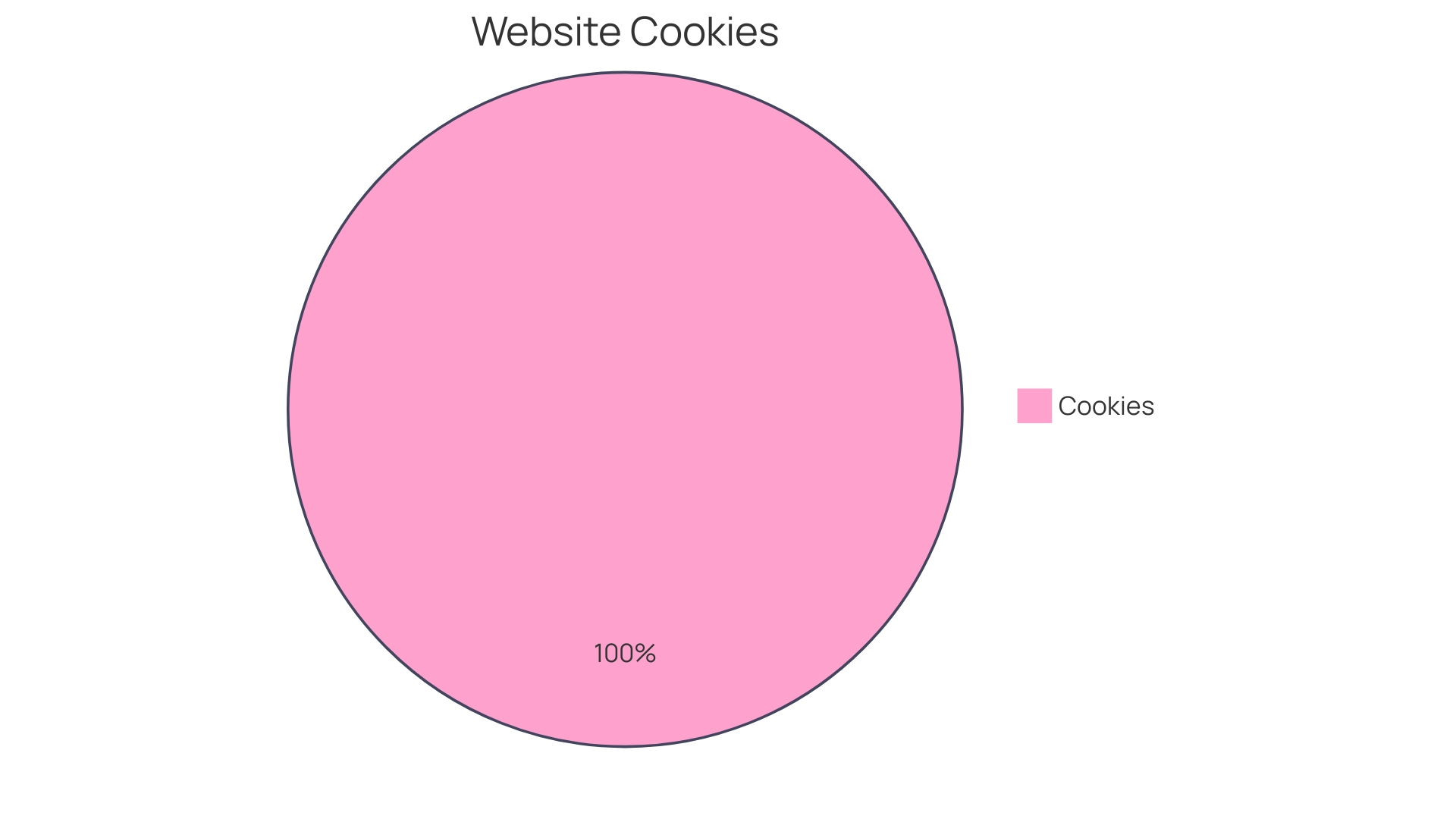
Use Visual Search and Image Recognition
Improving the online shopping experience for individuals has never been more important, especially with the increase of item listings on the internet. A European leader in the fashion and lifestyle industry, with a vast collection of two million images, faced the challenging task of manually creating descriptions and organizing these images—a procedure that required significant time and resources. Their initiative to automate the generation of image descriptions and implement detailed tagging underscores the importance of streamlining catalog management to improve the experience of individuals searching and enhance the precision of result.
Computer Vision (CV) has emerged as a transformative force in this realm. As a subset of artificial intelligence, CV equips computers with the ability to interpret and analyze visual information, akin to human sight. By employing feature extraction, CV systems can identify distinctive visual elements such as edges, shapes, and textures. This is especially beneficial in online business, where the capability to align items based on visual characteristics can result in more instinctive and gratifying exploration encounters for buyers.
For example, integrating CV into the search feature enables individuals to upload images and discover comparable or identical items, promoting a visually-guided search procedure that can greatly enhance the probability of making a purchase. Real-time video analytics and facial recognition technologies are already being harnessed by leading retail chains to enhance security and customer service, as noted by Corsight AI, a provider of Facial Intelligence technology. This technology, once confined to law enforcement for identifying individuals from a watchlist, is now being adopted in the private sector to protect assets and improve operational efficiency.
The advancements in deep learning and neural networks, coupled with the availability of vast visual data, have propelled the progress of CV. By incorporating computer vision into online shopping platforms, retailers can not only secure restricted areas but also create a more immersive shopping experience that aligns with the visual preferences of today's consumers. It's a journey that echoes the evolution of tools like NetMarketShare, which evolved from browser war analytics to a focus on e-commerce trends and verifiable user data. As more retailers adopt these technologies, the potential for CV to revolutionize the online shopping experience continues to grow exponentially.
Provide Clear and Concise No-Results Pages
When a customer's query yields no results, the response they encounter can be the deciding factor between continued engagement and lost interest. Rather than presenting a barren page, it's vital to seize this opportunity to guide them with actionable alternatives. A well-crafted no-results page should offer related products, showcase popular categories, or serve up personalized recommendations tailored to the visitor's previous search behaviors.
This method is supported by data demonstrating that more than 50% of individuals will switch to another website if they don't discover what they're seeking right away, but 74% are more inclined to revisit a website that is easy to use. By including content generated by individuals and reviews onto these pages, it can further enhance trust and connection with the users. For a truly effective no-results page, consider the following:
- Leverage User-Generated Content: User reviews and ratings can create a sense of community and trust, prompting users to explore alternatives with confidence. By incorporating personalization, you can maintain engagement on your site by offering tailored recommendations based on past interactions, even when direct results are not available.
- Display Trending Categories: Showcasing popular categories or products can redirect the exploration towards items of potential interest.
- Optimize for Mobile: Given that mobile sites that load quickly have a 15% higher conversion rate, ensure that your no-results page is optimized for mobile users to minimize frustration and bounce rates.
Remember, a strategic no-results page is an extension of your customer service, offering guidance when customers need it most and potentially converting a moment of disappointment into an opportunity for discovery and engagement.
Leverage Search Analytics for Continuous Improvement
Utilizing the potential of analytics can convert your e-commerce website into a user-centric platform that not only comprehends but anticipates customer needs. By exploring the abundance of data accessible, such as favored terms of inquiry, the rate of clicks through to purchase, and the all-important conversion rates, you can precisely identify where to concentrate your optimization efforts.
A crucial approach is harnessing sophisticated indexed vector databases, which are engineered for speed and efficiency, ideal for functionalities like recommendation systems or responsive interfaces. These databases thrive on well-organized data, categorized by retail-specific criteria such as seasonal trends and consumer behaviors, to yield highly accurate search results.
Moreover, incorporating user-generated content and reviews into your product listings can significantly bolster trust and engagement. It's not just about collecting these insights but actively integrating them into your e-commerce ecosystem, using static questions alongside quantitative variables to enrich the data you gather.
To maintain optimal performance of your function for finding information, it's crucial to keep a constant feed of updated data. A real-time system API can facilitate this, ensuring your index is always up to date. Furthermore, the box itself should be a beacon on your website—visible, clear, and inviting from any page.
Recent developments in exploration, such as the introduction of SGE by Google, emphasize the significance of offering prompt, extensive responses that guide individuals to delve deeper. Implementing this AI-driven method can significantly improve the experience of individuals by addressing intricate inquiries and directing them to pertinent content.
Keep in mind, the ultimate objective is to offer a seamless exploration experience that feels custom-designed for every individual. By combining the appropriate mix of technology, data, and customer feedback, your online selling platform can not just fulfill but surpass the changing expectations of your shoppers.
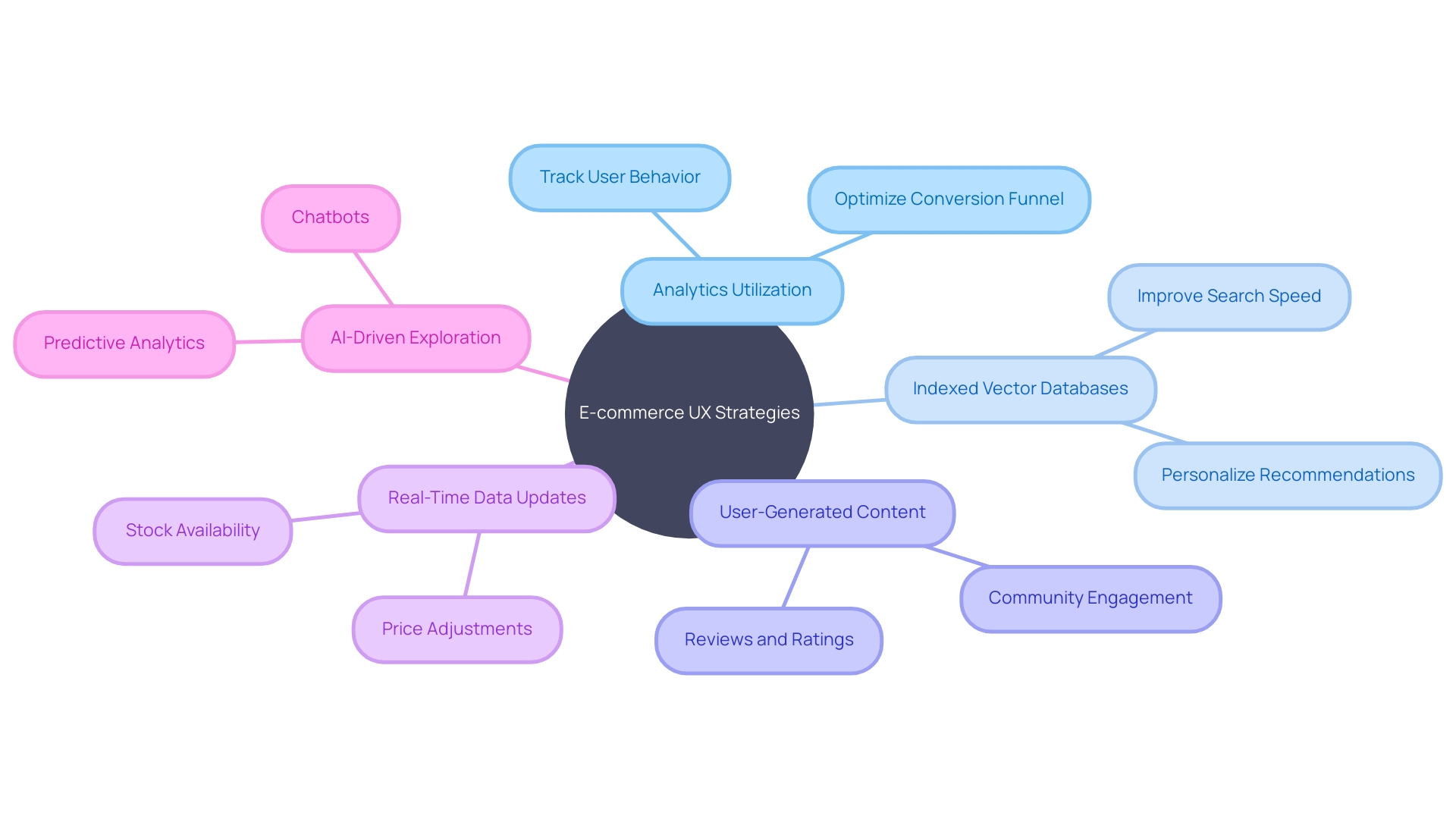
Ensure SEO Compatibility and URL Structure
Improving your e-commerce functionality is a multifaceted strategy that extends well beyond enhancing user experience. It's important to guarantee that your exploration pages are also prepared for optimization (SEO). A well-thought-out URL structure is paramount, as it should be not only user-friendly but also constructed with SEO in mind, incorporating relevant keywords to boost your site's visibility. Integrating schema markup is an additional potent approach that can furnish search engines with intricate details about your items, thereby amplifying the prominence of your exploration pages in the outcomes and organically driving more traffic to your website. By combining your online shopping platform with SEO strategies, you're starting a quest to greatly enhance product visibility and attract a broader range of potential customers.
To truly excel in e-commerce SEO, it's essential to understand the complexities of engine guidelines, particularly those of Google, which commands over 93% of market share. This expertise not only offers an improved experience to your audience but also solidifies your position as a trusted authority in your industry. Your efforts in SEO can result in a surge in traffic and revenue by concentrating on the appropriate intent. With the online adventures of around 93% of individuals commencing with a search engine, comprehending their exploration inquiries, volume, ranking difficulty, and intent can have a substantial impact. Identifying the appropriate keywords to meet high volume of queries, low competition, and strong purchase intent is crucial.
Furthermore, integrating reviews and content generated by customers (UGC) on product and category pages is an established technique for establishing trust. But this content can also be leveraged to improve SEO. Actively collecting UGC and structuring it with static questions and quantitative variables can enrich your site's content, making it more attractive to both users and search engines alike. In the fast-paced digital marketplace of 2023, strategies like content velocity are recommended to ensure you're producing ample content to rank for relevant keywords, thereby enhancing your online presence against the multitude of competitors vying for the same online customers.
Conclusion
In conclusion, optimizing your e-commerce search functionality is crucial for attracting and retaining customers. By making site search highly visible, incorporating autocomplete and autosuggestions, using relevant and high-quality search results, and implementing filtering and sorting options, you can enhance the search experience and drive sales.
Ensuring a mobile-friendly search experience, optimizing for natural language and long-tail queries, and leveraging visual search and image recognition can revolutionize the online shopping experience. Providing clear and concise no-results pages, leveraging search analytics for continuous improvement, and ensuring SEO compatibility and a well-thought-out URL structure are also key.
By staying informed about the latest trends and advancements in e-commerce search functionality, you can meet the evolving needs of your customers and elevate your platform. Remember, a user-friendly search experience can significantly enhance user engagement and conversion rates. So, take the necessary steps to optimize your search functionality and provide a superior online shopping environment for your customers.





